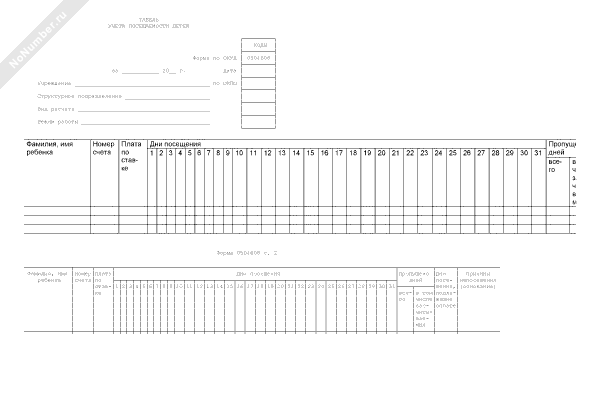Tabelj Oblku Vdvduvannya Dtej Forma No 305
After herbivory, plants release volatile organic compounds from damaged foliage as well as from nearby undamaged leaves that attract herbivore enemies. Little is known about what controls the volatile emission differences between damaged and undamaged tissues and how these affect the orientation of herbivore enemies. We investigated volatile emission from damaged and adjacent undamaged foliage of black poplar ( P opulus nigra) after herbivory by gypsy moth ( L ymantria dispar) caterpillars and determined the compounds mediating the attraction of the gypsy moth parasitoid G lyptapanteles liparidis (Braconidae). Female parasitoids were more attracted to gypsy moth‐damaged leaves than to adjacent non‐damaged leaves. The most characteristic volatiles of damaged versus neighbouring undamaged leaves included terpenes, green leaf volatiles and nitrogen‐containing compounds, such as aldoximes and nitriles. Electrophysiological recordings and olfactometer bioassays demonstrated the importance of nitrogenous volatiles.

Under field conditions, parasitic Hymenoptera were more attracted to traps baited with these substances than most other compounds. The differences in volatile emission profiles between damaged and undamaged foliage appear to be regulated by jasmonate signalling and the local activation of volatile biosynthesis.  We conclude that characteristic volatiles from damaged black poplar foliage are essential cues enabling parasitoids to find their hosts. Volatile collection and analysis To investigate the local and systemic emission of volatiles from P. nigra after L. dispar feeding, two individual trees (approximately 1.20 m in height and 1 year old) of each of 20 different genotypes were selected (40 trees altogether). Twenty trees were then infested with gypsy moth caterpillars and the other 20 functioned as controls. Thus, each treatment contained 20 tree genotypes as replicates.
We conclude that characteristic volatiles from damaged black poplar foliage are essential cues enabling parasitoids to find their hosts. Volatile collection and analysis To investigate the local and systemic emission of volatiles from P. nigra after L. dispar feeding, two individual trees (approximately 1.20 m in height and 1 year old) of each of 20 different genotypes were selected (40 trees altogether). Twenty trees were then infested with gypsy moth caterpillars and the other 20 functioned as controls. Thus, each treatment contained 20 tree genotypes as replicates.
No proteolytic degradation product was detected when the model mAb was spiked into conditioned medium of the KO cell line (Fig. 1c lower panel). Also, stable expression of the model mAb in the KO cell line resulted in no/significantly less clipping (Fig.
During the experiment, trees were kept in a climate chamber (humidity: 60%, day/night temperature: 20 °C/16 °C; 16 h light). The experiment was performed approximately 2 months after leaves started flushing. The young foliage of each tree was divided into two sections, basal and apical, based upon the position in the tree. Each section had 20–30 leaves and was enclosed with polyethylene terephthalate (PET) foil (Toppits ® Bratschlauch, Minden, Germany) (Fig. a). Seven fourth instar L. dispar caterpillars were released in the PET bags covering the basal section and allowed to feed for 41 h before volatile collection started. Caterpillars were allowed to remain on the trees during volatile collection to avoid possible mechanical damage to the tree caused by bag removal.